SCMB Women in Science
Biomolecular Chemistry
Associate Professor Elizabeth Krenske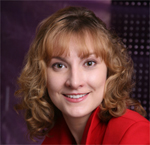
Elizabeth Krenske's research group uses computer simulations to study how molecules interact. Sophisticated modelling techniques are the closest that one can get to being able to see or hold a single molecule. They are used to gain deeper insights into the behaviour of new drugs, and to develop new ways to make pharmaceutically-important molecules.
Biomolecular Chemistry
Associate Professor Lisbeth Grondahl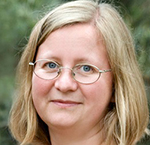
Lisbeth Grondahl works in the interdisciplinary field of biomaterials science. Developing new materials for bone repair is an exciting and rapidly developing field. Lisbeth really enjoys the complexity and richness of the data that is generated with collaborators in engineering and biology and how this data assists in the development of new materials. One day her discoveries could provide better solutions for patients who have non-healing bone fractures.
Infection & Immunity
Associate Professor Ulrike Kappler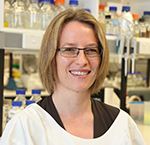
"I have always been fascinated by the many roles sulfur compounds can take in microbial metabolism, and in fact without sulfur compounds, the biochemistry of any living cell would look very different from what it is today. I like to take a closer look at these processes and work out how sulfur compounds can serve as energy sources, as components of enzymes, cofactors or signalling molecules. One of our most recent discoveries is novel enzymes that repair damaged sulfur compounds and protect pathogenic bacteria from being killed by the host immune system".
Infection & Immunity
Professor Kate Stacey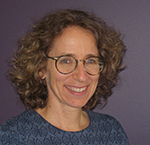
Kate Stacey's work investigates the molecular details of how foreign organisms are recognised by the immune system. “Doing basic science often feels like a luxury, an artistic pursuit, an intellectual indulgence. But it is through basic science, not targeted applied science, that completely new processes are discovered and major leaps in our knowledge are made. It’s exciting to be involved in the generation of knowledge.” Kate has enjoyed several decades characterising how immune cells see foreign DNA and other pathogen molecules. She is now applying this knowledge to investigate dengue virus infections and autoimmunity.
Medicinal Chemistry
Professor Jo Blanchfield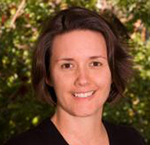
Jo Blanchfield ’s research aims to use chemistry to tackle biological problems. Thousands of years of use of traditional and herbal remedies must hold some keys to finding new drugs. Her group looks to discover which components of herbal extracts are actually absorbed and if these are potentially useful drug leads. They also investigate how blood waste products are protect us from cancer-causing agents in our environment. "Mother Nature often provides the answers we need to our biggest problems – we just need to know where and how to look!"
Molecular Genetics & Genomics
Dr Marloes Nitert Dekker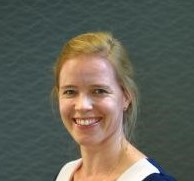
Marloes Dekker aims to prevent complications of pregnancy and improve outcomes for mum and baby through understanding metabolism in pregnancy. "All mothers wish for a healthy baby. I want to find strategies that help women have a healthy baby." Marloes' group investigates how the microbiome of the gut and placenta regulate metabolism and inflammation in pregnancy. These studies have found connections between blood pressure and the microbiome and glucose metabolism and the microbiome. "We have found that antibiotics given during delivery change the first bacteria in the baby's mouth." This research may identify new targets for intervention and change current clinical practice around antibiotic use in delivery.
Molecular Genetics & Genomics
Dr Marina Fortes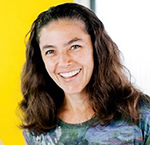
Marina's goal is to contribute to the beef industry by improving its genetic resources. She studies cattle genomics to advance cattle breeding and understand reproductive physiology. “I have identified many genes associated with cattle puberty and fertility, and some of these also influence human fertility”. These discoveries have practical application: using DNA tests to identify cattle with the favourable form of key genes and select them as parents of next generations. “My ideal outcome is to overcome fertility challenges and enhance beef production.”
Science Education
Professor Gwen Lawrie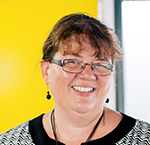
As students learn chemistry they become more expert in translating between multiple levels of representations and acquiring chemical literacy. My research investigates the processes that students use to construct their own mental models of chemical concepts – I use these findings to lower any barriers to learning and to design effective assessment. I am fascinated by how simply triggering a learner’s innate curiosity helps them to develop chemical explanations of observed phenomena in a diversity of contexts. I also aim to identify ways to enable individuals to drive their own learning by finding the relevance of chemistry in their own worlds, hopefully supporting the emergence of future scientific thinkers and problem-solvers.
